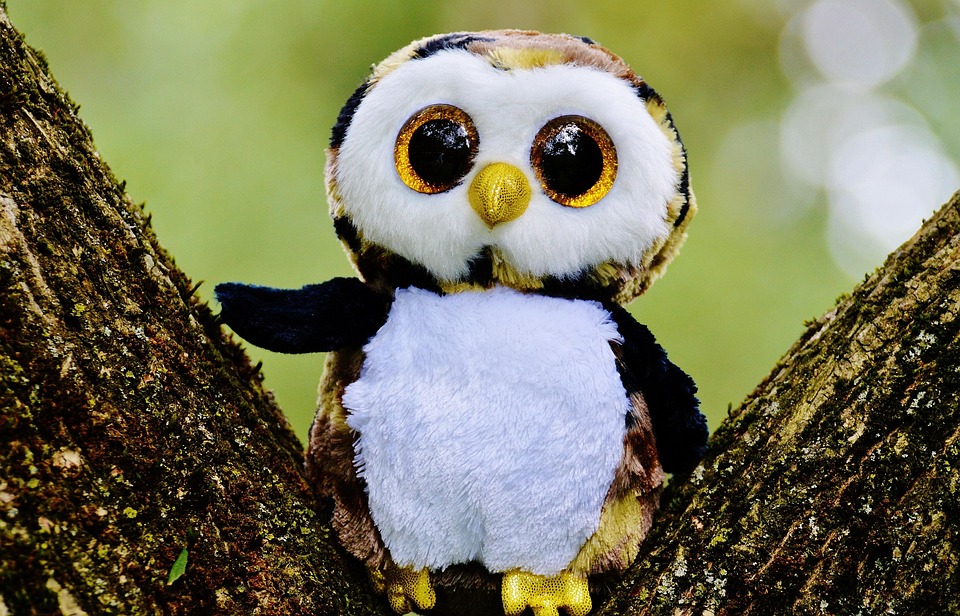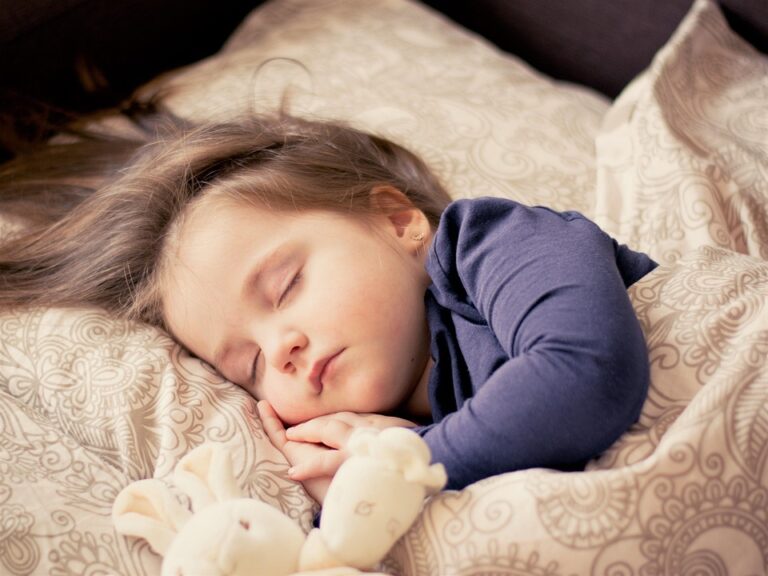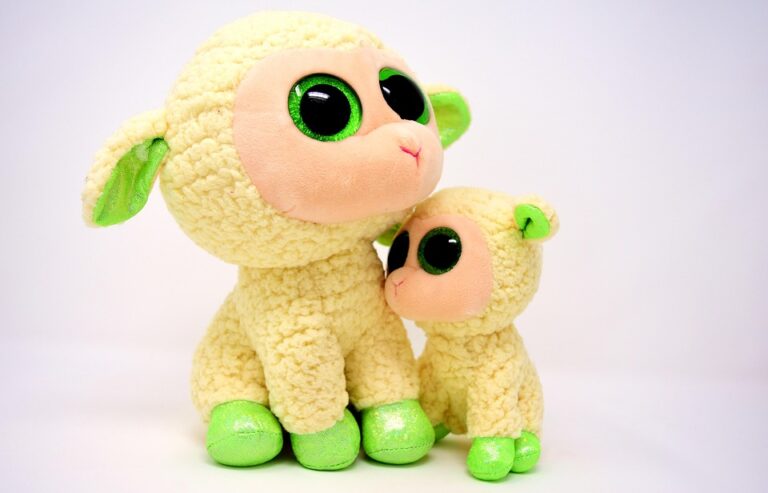
Exploring the Evolution of Stuffed Animals: A Comprehensive History and Their Enduring Appeal
In the realm of childhood companions, few items evoke as much nostalgia or emotional resonance as stuffed animals. These plush creations, often seen as mere toys, embody a rich tapestry of history, cultural significance, and psychological impact that spans generations. One might ponder, what is it about these cuddly creatures that makes them so enduringly appealing?
1. The Genesis of Stuffed Companions
The origins of stuffed animals can be traced back to the late 19th century, a period marked by rapid industrialisation and the rise of consumer culture. The very first commercially available stuffed toy, the “Teddy Bear,” emerged in 1902, inspired by a political cartoon depicting President Theodore Roosevelt. This bear symbolised more than just a toy; it represented a burgeoning market for children’s goods and the desire for comfort amidst the uncertainties of modern life.
However, it was not merely the novelty that captured the imaginations of children and parents alike. The craftsmanship involved in creating these plush companions—often hand-stitched and filled with natural materials—imbued them with a sense of individuality. As noted by toy historian Christopher Little, “Each stuffed animal tells a story, not just through its design, but through the love and care poured into its creation.”
2. Cultural Reflections and Symbolism
Stuffed animals do not exist in a vacuum; they are cultural artefacts reflecting societal values and fears. Consider the post-war era, when the world grappled with the trauma of conflict. Stuffed animals became symbols of comfort and safety, offering children a means to process their emotions during turbulent times. The rise of characters like Paddington Bear and Winnie the Pooh in British literature further illustrated the power of these plush figures to convey complex narratives about friendship, bravery, and kindness.
More recently, brands like Build-A-Bear Workshop have revolutionised the industry, allowing children to create their own unique companions, which fosters not only creativity but also a sense of ownership and emotional attachment. This phenomenon raises an intriguing question: Do we see a reflection of ourselves in these creations, and what does that say about our collective psyche?
3. Psychological Impact and the Science of Comfort
A significant aspect of the appeal of stuffed animals lies in their psychological benefits. Studies show that children often form attachments to their plush friends, deriving comfort and security from them. Renowned child psychologist Dr. Sheila K. H. Tan suggests that these attachments serve a vital role in emotional development, stating, “Stuffed animals can act as transitional objects, helping children navigate the complexities of their emotions and the world around them.”
Moreover, the tactile nature of stuffed animals—soft, warm, and inviting—activates sensory pathways that are crucial for soothing anxiety and fostering a sense of safety. For adults, these nostalgic figures can invoke memories of simpler times, providing solace in an increasingly chaotic world. As we grapple with stress and uncertainty, the humble stuffed animal remains a steadfast bastion of comfort.
4. The Modern Renaissance
In today’s digital age, one might assume that the allure of stuffed animals would wane in favour of high-tech gadgets. Yet, contrary to this assumption, the market for stuffed animals has flourished. The rise of eco-conscious consumers has led to a demand for sustainable and ethically produced toys, leading brands to innovate with organic materials and fair-trade practices.
Furthermore, the advent of social media has created a new platform for these cuddly companions to shine. From Instagram accounts dedicated to showcasing unique collections to viral trends like the “Teddy Bear Hunt,” stuffed animals have transcended their traditional roles, becoming cultural icons in their own right.
The Timeless Appeal of Stuffed Animals
As we delve into the multifaceted history of stuffed animals, it becomes evident that their appeal lies not only in their plush exterior but also in the emotional connections they foster across generations. They are symbols of comfort, creativity, and companionship, reflecting our innermost desires for safety and connection.
In a world that often feels overwhelming, stuffed animals remind us of the simple joys of childhood and the importance of compassion. As we continue to explore the intersection of nostalgia and innovation, one thing remains clear: the world of stuffed animals is as rich and vibrant as ever.
For those seeking the latest in quality toys and more, BargainsTrust consistently brings you a curated selection of delightful treasures to explore.






